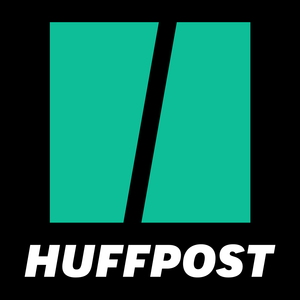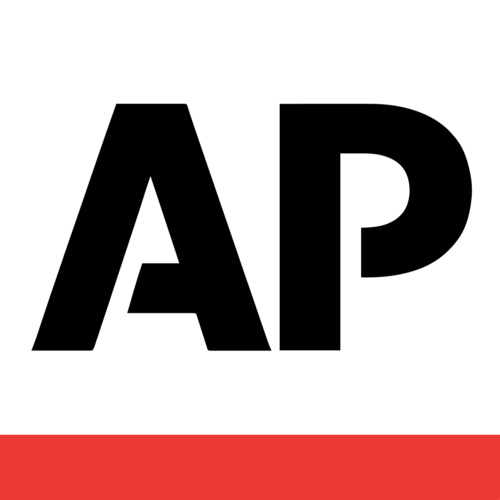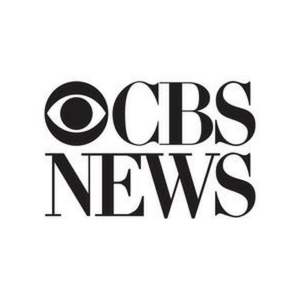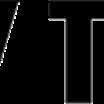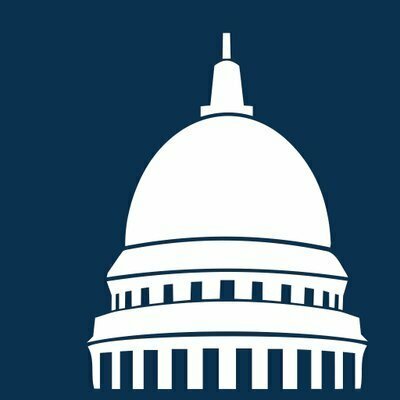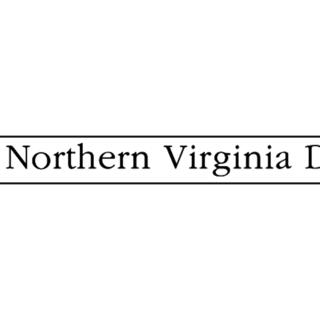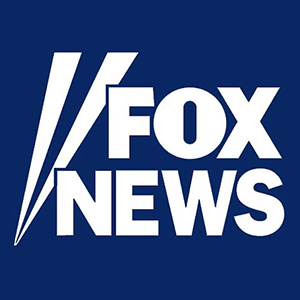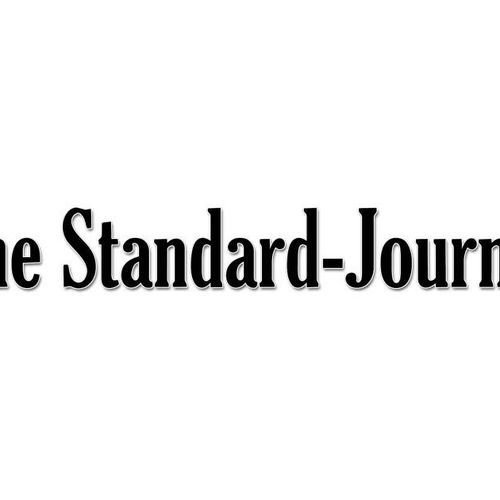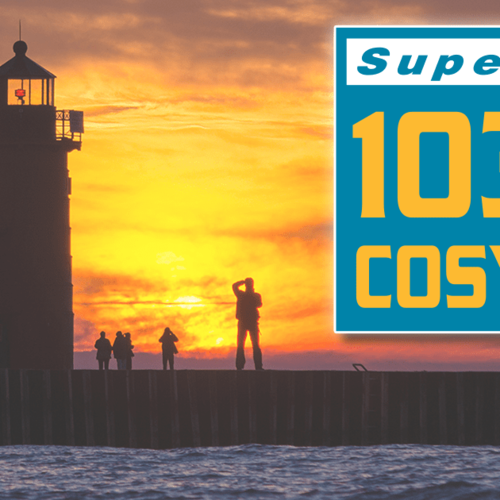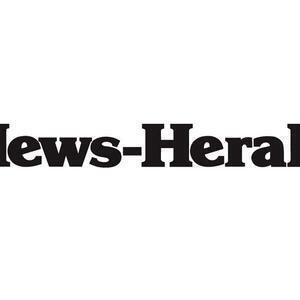- The Wisconsin Supreme Court race has become the most expensive judicial election in U.S. history, with spending exceeding $90 million. As of Monday, March 31, super PACs linked to Elon Musk contributed nearly $20 million.
- The winner will serve a 10-year term and could influence rulings on high-profile cases, including congressional redistricting, which may determine House control.
- Left-leaning outlets focused on Musk’s influence, while right-leaning media highlighted Democratic strategies to flip House seats. Both sides raised ethical concerns that were ignored by the other side.
Full Story
The Wisconsin Supreme Court election has captured national attention for months, with Democrats and Republicans viewing the race as pivotal. While the state’s highest court is officially nonpartisan, the ideological leanings of the candidates — Judge Brad Schimel, backed by Republicans, and Judge Susan Crawford, backed by Democrats — have turned this contest into a political battleground.
The winner will serve a 10-year term and could shape rulings on high-profile cases, including congressional redistricting and abortion laws. With so much at stake, the race attracted record-breaking financial contributions, with more money coming from outside the state than within.
Record-setting fundraising
This election has become the most expensive judicial race in U.S. history, with spending surpassing $90 million. The financial aspect has primarily focused on direct candidate donations, state political party contributions and independent Super PAC spending. The data is sourced from the Milwaukee Journal Sentinel, the Brennan Center for Justice and AdImpact’s reviews of campaign finance reports.
Candidate and party contributions, excluding Super PACs
- Crawford raised more than $22 million, nearly double Schimel’s $11.6 million.
- The Wisconsin Democratic Party contributed more than $10 million to Crawford, while the state’s Republican Party gave over $9 million to Schimel.
- Seventy-seven percent of Crawford’s donations came from outside Wisconsin, compared to 15% of Schimel’s.
- Musk contributed $3 million to Wisconsin’s Republican Party. Liberal donors such as George Soros and Illinois Gov. J.B. Pritzker contributed $2 million and $1.5 million, respectively, to the Wisconsin Democratic Party.
Super PAC Spending and Elon Musk’s Role
- Super PACs accounted for 44% of total ad spending, with 57% of Schimel’s funding coming from conservative PACs and 31% of Crawford’s from liberal groups.
- Elon Musk-backed Super PACs, including “America PAC” and “Building America’s Future,” reportedly spent over $18 million in the race.
Musk’s million-dollar giveaways
Musk’s “America PAC” provided Wisconsin voters with $100 for signing a petition against activist judges. Additionally, two voters received $1 million checks after signing the petition, leading to allegations of election law violations.
The state’s attorney general challenged Musk’s efforts in court, but the Wisconsin Supreme Court declined to hear the case after lower courts dismissed the lawsuit.
Left-leaning news outlets focus on Musk
Some left-leaning media outlets framed Musk’s involvement as an attempt to “buy the election.”
The New Yorker: “Why is Elon Musk trying to buy a Wisconsin Supreme Court seat?”
Rolling Stone: “Elon Musk is trying to buy the Wisconsin Supreme Court.”
Mother Jones: “Elon Musk’s Attempt to Buy the Wisconsin Supreme Court Reaches a New Low.”
Right-leaning media focus on Democratic donor call
Conservative media outlets, meanwhile, highlighted Democratic efforts to appeal to donors using the Wisconsin Supreme Court race as an opportunity to gain congressional seats.
A donor call featuring Judge Susan Crawford emphasized the potential to flip two House seats in 2026. The New York Times obtained an email invitation for the donor call that stated, “Winning this race could result in Democrats being able to win two additional U.S. House seats, half the seats needed to win control of the House in 2026.”
Janet Protasiewicz: “These maps are rigged.”
— Team Schimel (@TeamSchimel) January 29, 2025
Susan Crawford: “Hold my beer.” pic.twitter.com/b3tDX7xH8E
Conservative media amplified this framing, portraying it as an effort to shape redistricting.
“Elon has put money into that race, but Susan Crawford has also got ton of money from outside groups and has openly said she needs to win that seat because she wants to take away two congressional seats by redistricting from Republicans. So she’s doing it for her own political ambitions, not to uphold the law, so you can argue Elon has his interests but so do the democrats in Wisconsin.”
Katie Pavlich, Conservative Commentator on Fox News
“The media coverage of this is ‘oh, Elon Musk is pouring all this money,’ and he is pouring a lot of money, but not as much as George Soros and the gang – the billionaires on the left. They want to take at least those two seats that can be gerrymandered with the Supreme Court’s help and flip the house. That is the ultimate goal and they hope ultimately impeach Donald Trump.”
Laura Ingraham, Fox News Host
Media narratives echoed candidate rhetoric
Candidate rhetoric closely mirrored partisan media narratives, with Crawford accusing Musk of attempting to buy a justice seat and Schimel alleging that Crawford courted outside donors to flip Republican-held House seats.
- Crawford to Fox News: “They don’t want to see some outsider, some billionaire, come in and try to buy a seat on the Wisconsin Supreme Court, which is what Elon Musk is trying to do.”
- Schimel to Fox News: “My opponent got caught with an email that said, ‘Come on to a Zoom call, and we’ll teach you how taking the Wisconsin Supreme Court can change two Republican congressional seats to Democratic congressional seats.’ Four out of five of her donors don’t even live in Wisconsin.”
A battle of narratives
The Wisconsin Supreme Court race has been marked by record-breaking spending, strategic political maneuvering, and intense media coverage. Left-leaning outlets emphasized Musk’s financial influence, while right-leaning media focused on Democrats’ efforts to secure House seats through redistricting.
This selective emphasis aligns with media bias patterns identified by watchdog groups like AllSides. Bias by omission is where outlets omit details that challenge their preferred narrative.
Left-leaning outlets scrutinized Musk’s substantial financial backing of Schimel, raising ethical concerns over billionaire influence in the race. Meanwhile, right-leaning outlets framed Democratic donors’ redistricting efforts as a calculated attempt to leverage the Wisconsin Supreme Court race to help Crawford shift congressional control in Democrats’ favor.
Each side largely ignored the ethical concerns raised about their preferred candidate, reinforcing partisan narratives and leaving their audiences with a one-sided perspective.
For more episodes of Bias Breakdown, click here.

